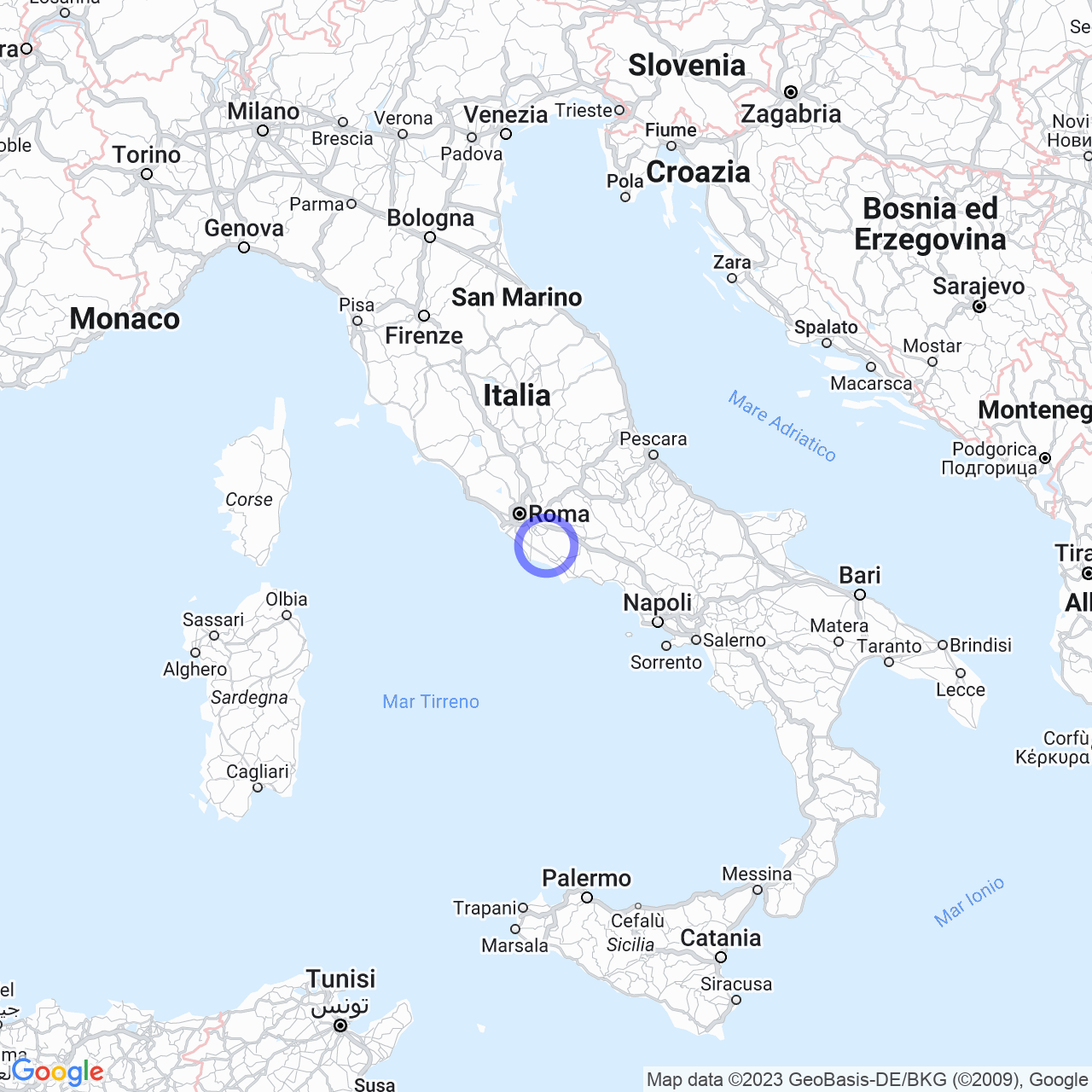Cisterna di Latina
Discovering Cisterna di Latina
Hello friends, today I’m taking you on a journey to discover Cisterna di Latina, an Italian municipality in the province of Latina in Lazio. The territory of Cisterna is ancient and is located on the northern edges of Agro Pontino, on the border between the provinces of Rome and Latina.
Physical geography
Cisterna di Latina is situated in a mostly flat territory, with exceptions being the Monti Lepini and Colli Albani hills that start at 50 meters above sea level, at the borders of the municipal territories of Cori and Velletri. The Ninfa Garden, a natural monument and protected oasis, which is considered one of the 10 most beautiful gardens in the world by The Telegraph, is part of the municipal territory.
The climate of Cisterna is of the Mediterranean type, with a mild winter and a hot and sometimes humid summer, but mitigated by the proximity of the sea.

History
Cisterna’s origins are ancient and has traces of prehistoric humans found in small natural cavities in the Finocchione and Cava Muracci areas. The Latins inhabited the territory from the archaic era, and during the Volsci occupation of Agro Pontino, the existence of the city of Suessa Pometia, destroyed and subjugated by Tarquinio the Superb, has been hypothesized.
In 312 BC, the consul Appio Claudio Cieco started the construction of the Via Appia Antica, along which the Roman city of Tres Tabernae arose, which later became the diocese of Tre Taverne in the III century. Tres Tabernae is also mentioned in the Acts of the Apostles, in the story of the imprisoned Paul of Tarsus' journey to Rome.
Culture and traditions
Cisterna di Latina is a city rich in culture and traditions, which reflect on the numerous events organized throughout the year. The most important ones include the patronal feast of Saint John the Baptist, which takes place on June 24, and the grape and wine festival, which is held every September.
Among the most remarkable religious buildings are the Church of Saint John the Baptist, the Church of Santa Maria degli Angeli, and the Church of Sant'Angelo. Also, don't miss the Baronal Palace, a magnificent neoclassical-style structure built in the first half of the XIX century.
Cuisine
From a culinary point of view, Cisterna di Latina is also a place worth visiting. Among the typical dishes are maritatielle, a very thin pasta served with tomato sauce, and polenta with sausage and porcini mushrooms. Among the desserts to try are the zeppole di San Giuseppe, delicious fried donuts filled with cream.
Conclusion
In conclusion, Cisterna di Latina is a place not to be missed if you want to discover the beauties of Lazio and immerse yourself in its culture and traditions. The city is easily accessible by car or public transportation and offers numerous opportunities to discover its history, taste its cuisine, and participate in its events.
